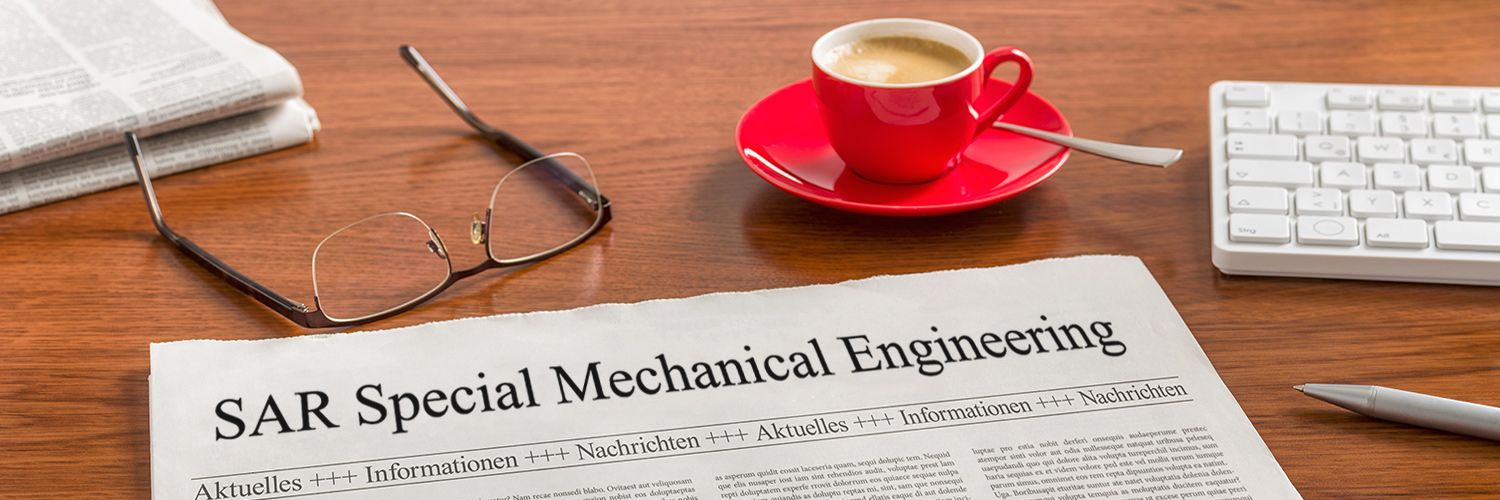Falling numbers of skilled workers, reduced physical strain on employees and the enormously increased cost pressure in tire production: they are increasingly forcing producers to reorganize processes. At the Tire Technology Expo in Hanover, SAR is presenting a new generation of automation with robots.
The requirements of tire manufacturers are high. On the one hand, costs and space requirements should be minimized, and on the other hand, the production structure should be flexible. Sustainability in procurement, installation and operation should also be optimized. The highest quality, maximum system availability and the scalability of the systems continue to form the defined framework conditions for development.
Making the good even better
SARs latest project deals with loading transport vehicles with blank tires, the so-called “Green Tire.
When further developing the process, SAR was able to draw on many years of experience in tire automation - from handling the blank tires to autonomous loading of the finished product. There are already numerous SAR solutions worldwide for a wide variety of tire manufacturers that make it possible to handle, spray, glue or label one or two tires in parallel. This system was developed by SAR in Dingolfing back in 2014 and has now established itself as a standard. Linear solutions did not bring the desired success here due to their limited freedom of movement.
New tire manufacturing project
For the latest development, the existing flexibility and mobility of the robot arm was retained. But in order to increase the required throughput and at the same time save space, SAR reached deep into the robots bag of tricks: "Heavy Metal" is the approach that ultimately prevailed after many simulations and process studies.
An industrial robot is used that impresses with a load capacity of 800 kilograms and many other advantages: the space requirement compared to other robot approaches is reduced by almost 50%, the comparable energy consumption is reduced and the expensive compressed air consumption is largely reduced through the use of electrical components.
Maximum flexibility brings order to chaos
The still soft blanks come from the “chaotic production” via a conveyor belt. A camera system recognizes the tires and transmits the predefined data to the gripper. This means that the gripper pressure adapts to the current tire diameter with millimeter precision. Now up to four blank tires can be picked up at the same time with the multi-gripper and placed as a complete layer in the transport carts provided. Due to the flexibility of the robot axes and the flexible gripper construction, the transport carts can be positioned very close and on different sides of the robot. This saves additionally space in intralogistics and is also absolutely safe for the worker.
SAR has succeeded in developing a cost-efficient and sustainable process handling for tire production using 7 tons of steel, sophisticated process engineering and extremely sensitive control technology.
For more information please write to us at
smb@sar.biz

